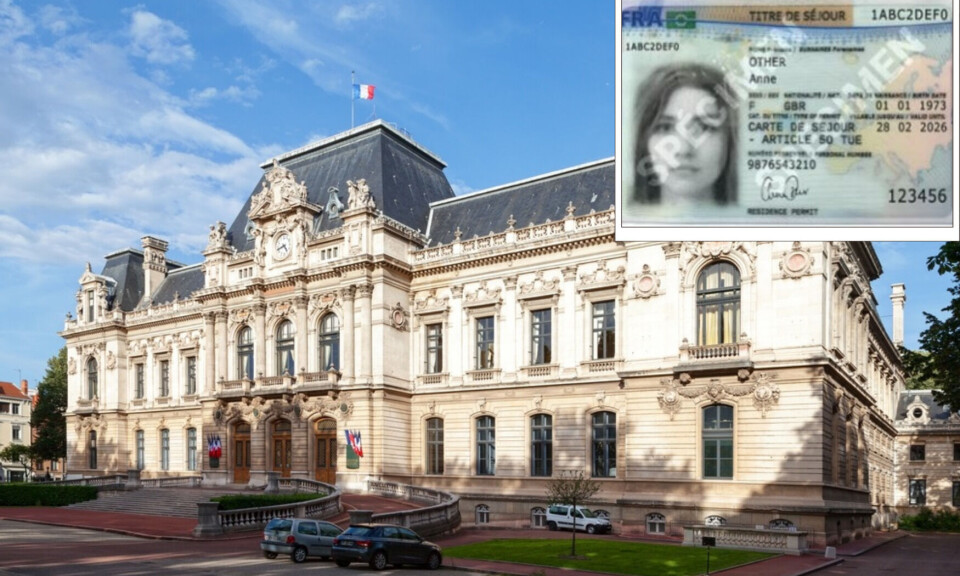-
Forgetting luggage on French transport can land you a hefty fine
Fines vary from €72 to €1,500 depending on the level of offence, with 360 items left per week
-
Death of Emile, 2: French prosecutor gives more details after grandparents released
There are several reasons that a third party is suspected of involvement in Emile’s death
-
Marine Le Pen awaits trial decision that could derail her 2027 presidential hopes
The far-right politician could be banned from running in upcoming key election if found guilty of embezzlement
New DNA study 500 years after da Vinci died in France
DNA from a lock of hair belonging to Leonardo da Vinci - which was first presented yesterday (May 2) - will now be used to shed more light on the polymath’s family, and his final years in France.

The presentation of the lock of hair took place as part of a private collection in Italy on Thursday May 2, held to mark 500 years to the day since the Renaissance artist died. The piece, along with its accompanying documents, had been kept by a private collector in the USA until now.
Documents reportedly proving the authenticity of the hair were also exhibited at the same time.
Having spent his final years in France, da Vinci died on May 2 1519 in Clos-Lucé d'Amboise (Indre-et-Loire, Centre-Val de Loire), three years after he arrived in the country on the invitation of king François I.
He lived in the Château du Clos Lucé in Amboise, formerly known as the Manoir du Cloux, having been gifted the property by François I.
Later, da Vinci’s remains were lost due to the religious wars that broke out at the end of the 16th century.
The recently-presented lock of hair will now be used as part of a project to find out more about da Vinci’s family and descendants - especially in light of the fact that the famous inventor, writer, scientist and artist did not have any children of his own.
It is also thought that it may help to pinpoint where the artist is buried.
DNA from the hair is set to be analysed, and cross-referenced with that from da Vinci’s current living descendants, as well as that from bones from relatives from across the centuries.
The results are expected to help revive the French-Italian da Vinci family study that was first launched in 1973. The study identified around 35 people who are thought to have descended from the man himself, but this new hair sample is expected to be able to confirm or deny the family links with near-certitude.
Alessandro Vezzosi, director of the Leonardo da Vinci Museum in Vinci, Tuscany - da Vinci’s birthplace - confirmed: “On the other side of the Atlantic, we recovered a lock of hair that had [previously] remained secret, and was historically known as ‘The hair of Leonardo da Vinci’.”
In addition to remembering da Vinci’s death on May 2, France is also set to honour his life and work this year, including with a dedicated exhibition set to take place at the Paris Louvre this autumn.
Stay informed:
Sign up to our free weekly e-newsletter
Subscribe to access all our online articles and receive our printed monthly newspaper The Connexion at your home. News analysis, features and practical help for English-speakers in France
























